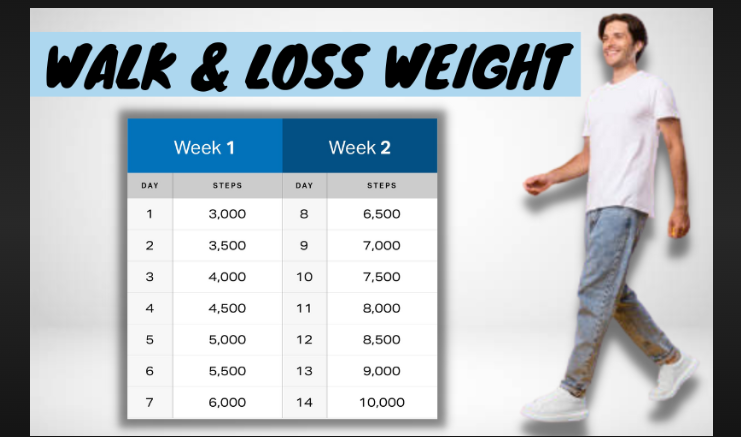How Many Miles Are in 20,000 Steps? Calculating Your Walking Distance
If you're aiming to stay active and maintain a healthy lifestyle, tracking your steps is a great way to monitor your physical activity. However, understanding how those steps translate into distance can be valuable information. In this comprehensive guide, we will explore the relationship between steps and miles and show you how to calculate the distance covered when you take 20,000 steps.
How many miles are in 20,000 steps?
I. Introduction to Step Counting
Step counting is a popular method for measuring physical activity and encouraging individuals to stay active.
Most fitness trackers, smartphones, and pedometers are equipped with step-tracking capabilities, allowing you to monitor your daily activity easily.
II. Steps to Miles Conversion
To determine how many miles are in 20,000 steps, you need to know the average number of steps it takes to cover one mile.
This value can vary slightly depending on factors like stride length, walking speed, and individual differences, but a common approximation is around 2,000 steps per mile.
III. Calculating the Distance of 20,000 Steps
Here's the straightforward formula to calculate the distance covered by 20,000 steps:
Distance (in miles) = Number of Steps ÷ Steps per Mile
For 20,000 steps:
Distance (in miles) = 20,000 steps ÷ 2,000 steps per mile
Calculating this, you get:
Distance = 10 miles
So, 20,000 steps are roughly equivalent to 10 miles.
IV. Factors Affecting Step-to-Mile Conversion
It's important to note that the step-to-mile conversion can vary based on several factors:
1. Stride Length: Individuals with longer strides may cover more distance with each step, while those with shorter strides may cover less.
2. Walking Speed: Faster walking typically results in covering more distance in fewer steps.
3. Terrain: Walking on uneven terrain or uphill may require more steps to cover the same distance.
4. Fitness Level: Well-conditioned individuals may be more efficient walkers and require fewer steps to cover a mile.
V. Using Technology to Track Steps and Distance
To track your steps and the corresponding distance more accurately, consider using technology:
1. Fitness Trackers: Wearable fitness trackers like Fitbit, Garmin, or Apple Watch provide step counting and distance tracking features.
2. Smartphone Apps: Numerous mobile apps, such as Google Fit and Apple Health, offer step tracking and distance calculations based on your device's built-in sensors.
3. Pedometers: Dedicated pedometers are standalone devices designed solely for step counting and distance measurement.
VI. Benefits of Tracking Steps and Distance
Tracking your steps and distance offers several benefits:
1. Goal Setting: It helps you set and achieve daily activity goals, promoting an active lifestyle.
2. Accountability: Knowing your progress encourages you to stay consistent with your physical activity.
3. Health Monitoring: Regular physical activity is associated with various health benefits, including improved cardiovascular health and weight management.
4. Motivation: Tracking your steps and distance can be motivating, pushing you to surpass your previous achievements.

Walk and loss weight
Knowing how many miles are in 20,000 steps allows you to gauge the distance you've covered during your walks or daily activities. This information can be a valuable tool for tracking your physical activity, setting goals, and maintaining a healthy lifestyle. Keep in mind that while the average conversion is around 2,000 steps per mile, individual factors can influence this ratio. Embrace step tracking as a fun and effective way to stay active and motivated on your fitness journey.
